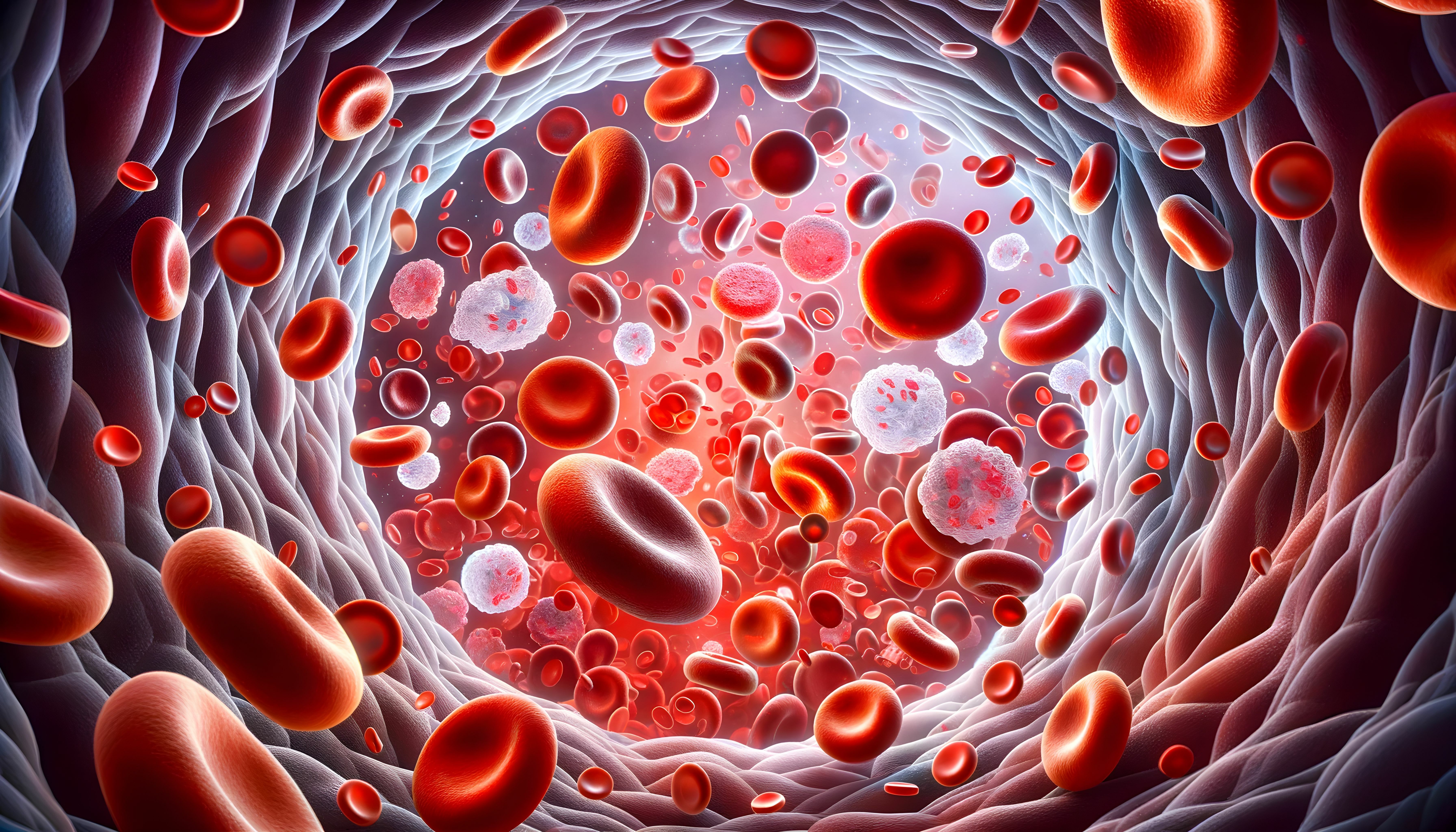Video
Dr David Yeomans on the Potential of Intranasal Oxytocin for Menstrual Migraine
Author(s):
David Yeomans, PhD, associate professor of anesthesiology, perioperative, and pain medicine at Stanford University School of Medicine, discusses the potential therapeutic use of intranasal oxytocin spray for menstrual-related migraine.
Although intranasal oxytocin is not approved for menstrual migraine currently, progress will likely be made in the coming years, said David Yeomans, PhD, associate professor of anesthesiology, perioperative, and pain medicine at Stanford University School of Medicine.
Transcript
What can be done for menstrual-related migraine based on the knowledge of the interplay between magnesium, estrogen, and oxytocin?
Well, you can change how much magnesium there is. You can give estrogen, which is a treatment that sometimes works for these women [with menstrual-related migraine], or you can give oxytocin, or possibly a combination. Oxytocin breaks down very quickly in the blood, so you end up having to give it in the nose. We did a study in other types of migraine with nasal oxytocin and it worked pretty well for those migraines.
What is the status of research on the use of intranasal oxytocin for menstrual-related migraine?
I've done a clinical trial in what's called chronic migraine, which is not menstrual migraine, but it's still migraine. A lot of the underlying mechanisms having to do with what neurotransmitters are involved are the same. And that's with nasally applied oxytocin in combination with magnesium. There is soon to be a clinical trial by a small company—but not in menstrual migraine, in another kind of migraine—basically, chronic migraineurs, which are people who have 15 or more headache days a month.
Right now, there's no plan, as far as I know, to specifically do a study in menstrual migraine. However, I think, if for example, the indication of just migraine is approved, a physician would be able to prescribe it for menstrual migraine. There used to be an approved nasal oxytocin, called Syntocinon, which was approved in 1964; it helped with milk ejection for breastfeeding women. The mechanism through which you have let down is basically, you hear a baby cry, for example, or the nipples are stimulated and that causes these cells that make oxytocin to release it into your blood. And that's great. But again, it has a short half-life in the blood, like 3 to 5 minutes, and then it's gone.
So when you spray it in the nose, it doesn't work that way. So that's why, in order to induce labor, uterine contraction, that's oxytocin. Pitocin is oxytocin. But you have to give it IV [intravenously] in a continuous infusion. And the nasal just didn't do the trick. It was approved before you had to show something worked back in the 1960s. You just had to show it was safe—which it is, it's very safe. Also, the concentration was really too low for what you need for migraine.
So, the point is right now, there's nothing approved. But you know, I think that will probably change in the next few years, the next probably 3 years would be my guess.

Navigating Sport-Related Neurospine Injuries, Surgery, and Managed Care




